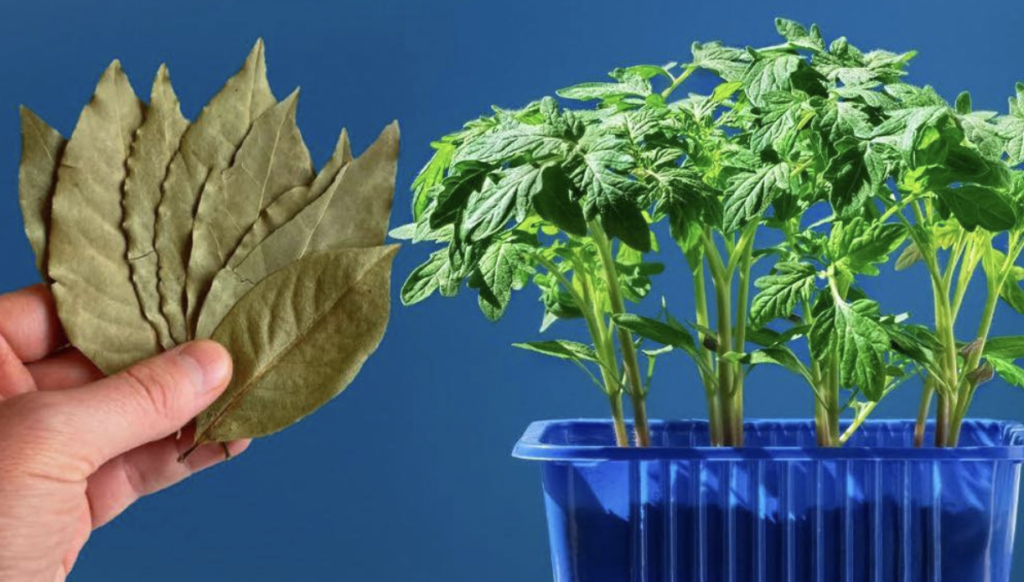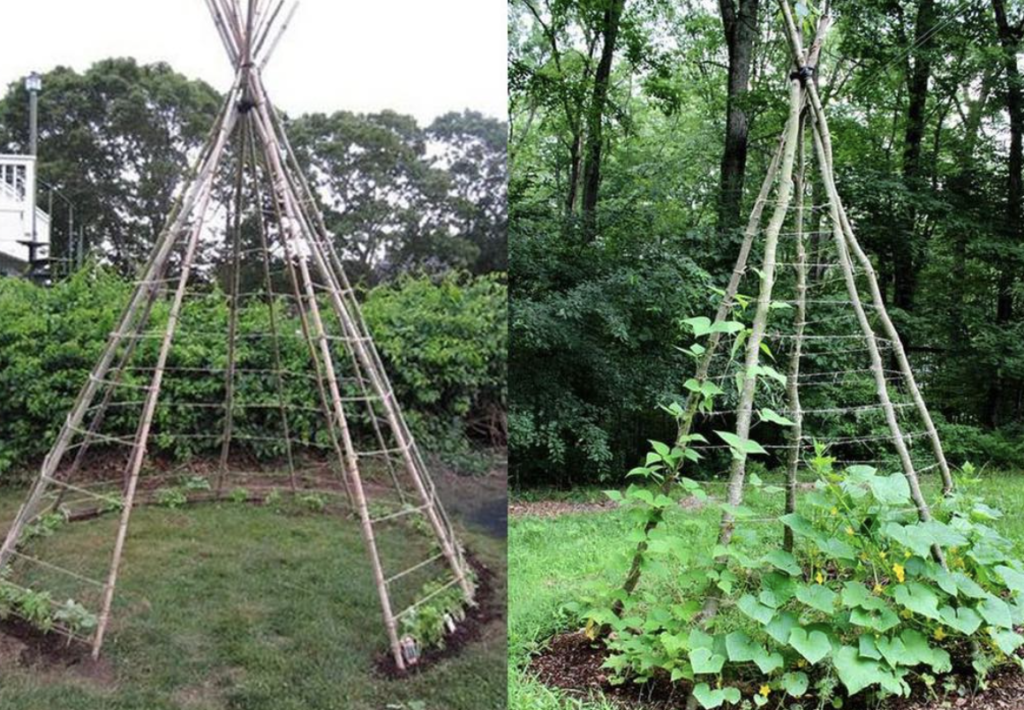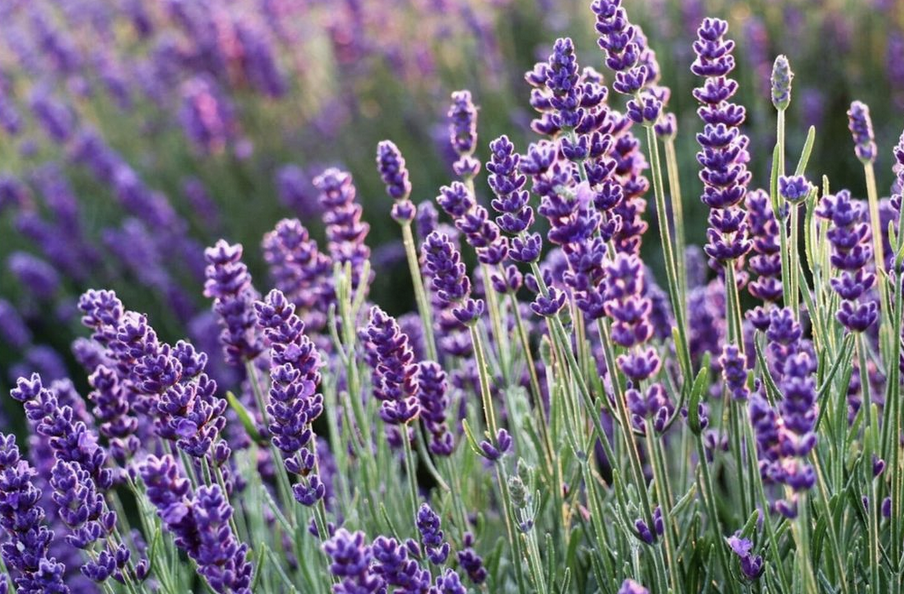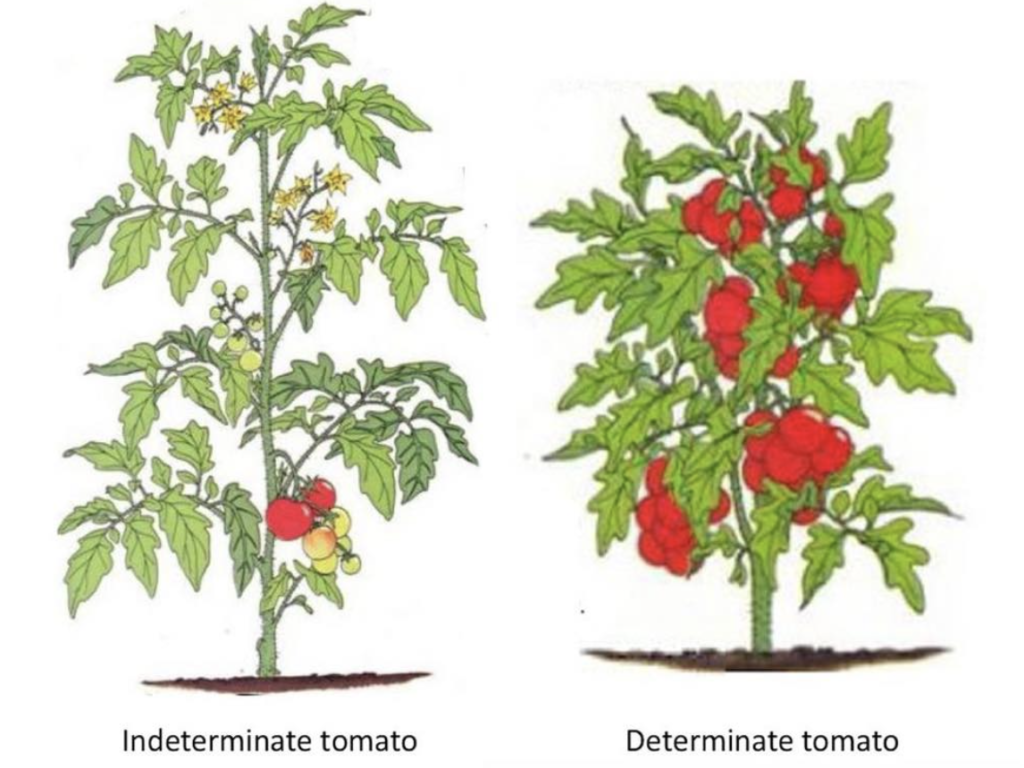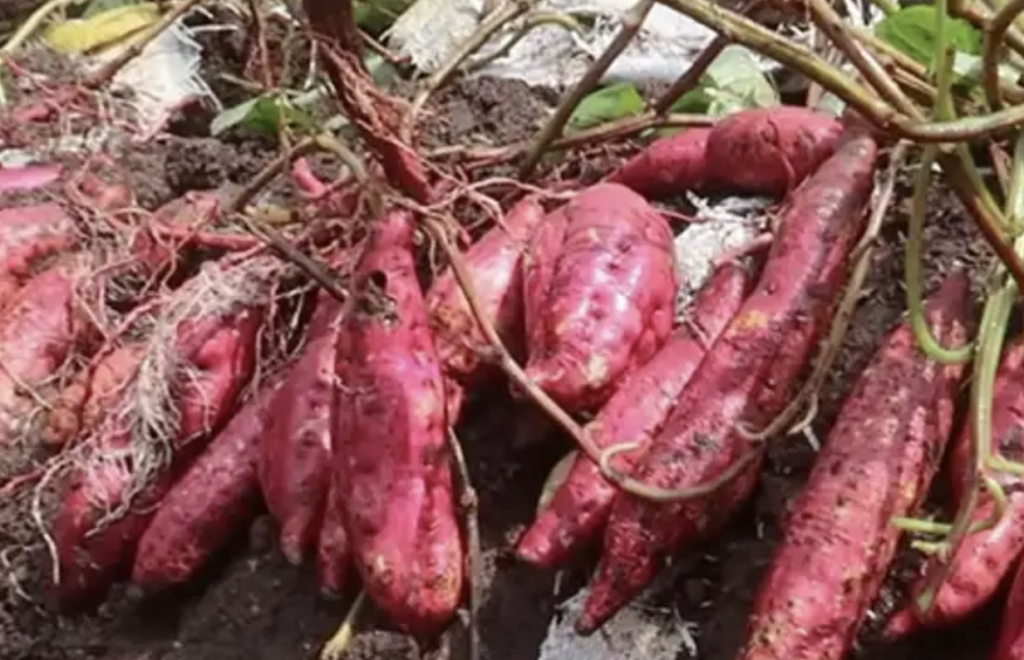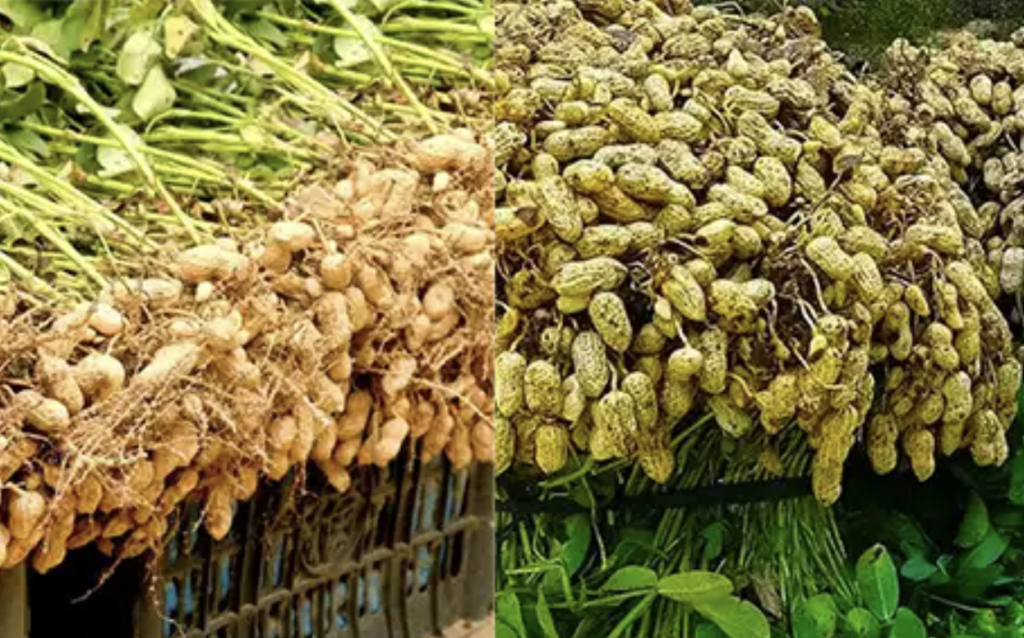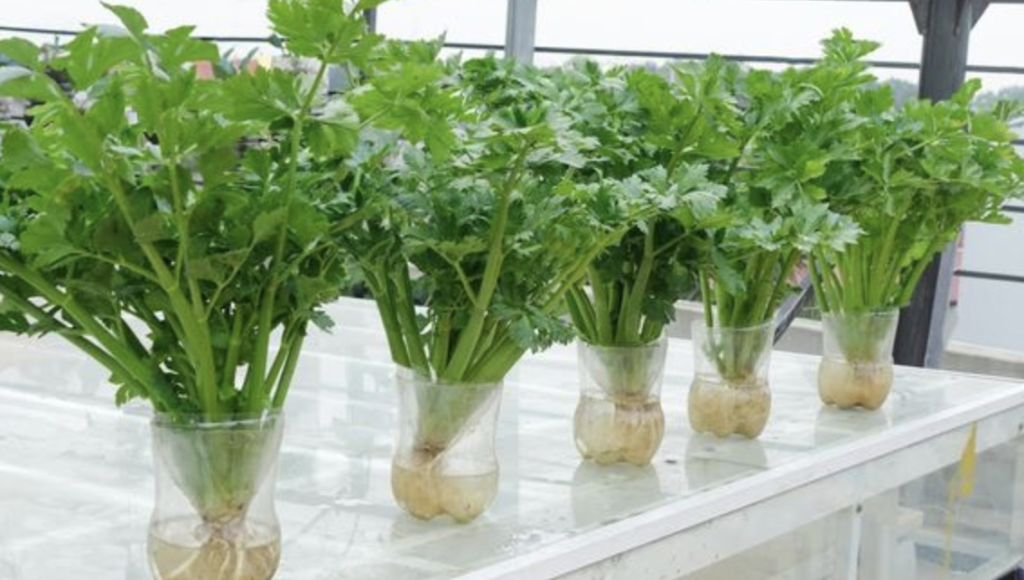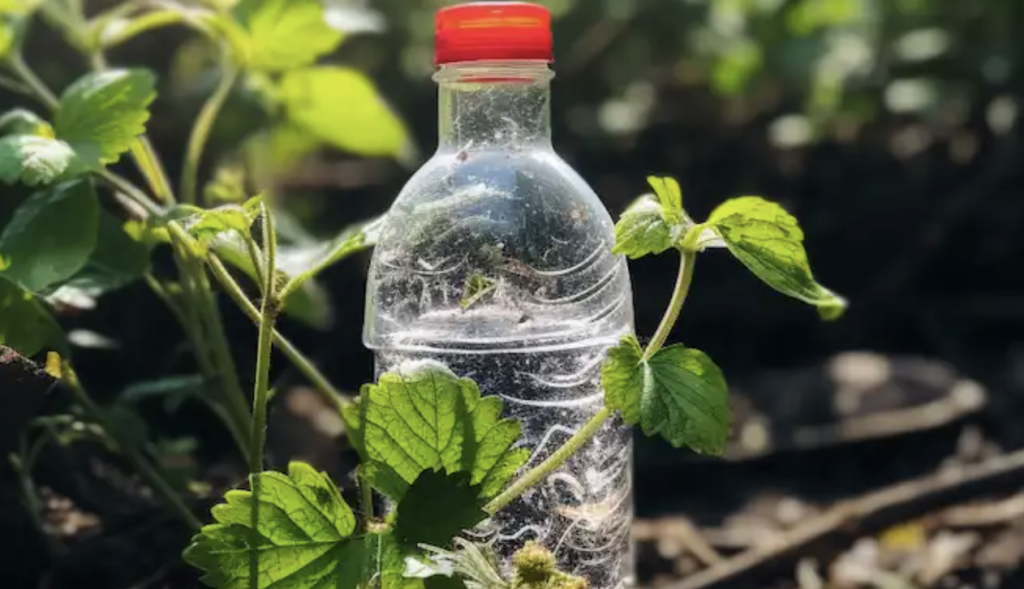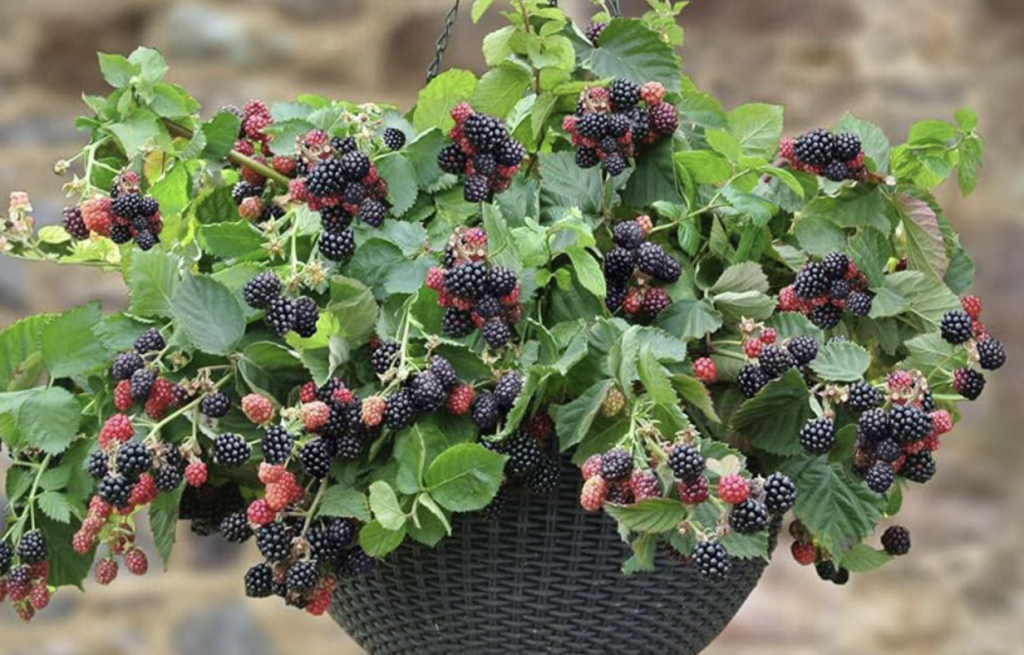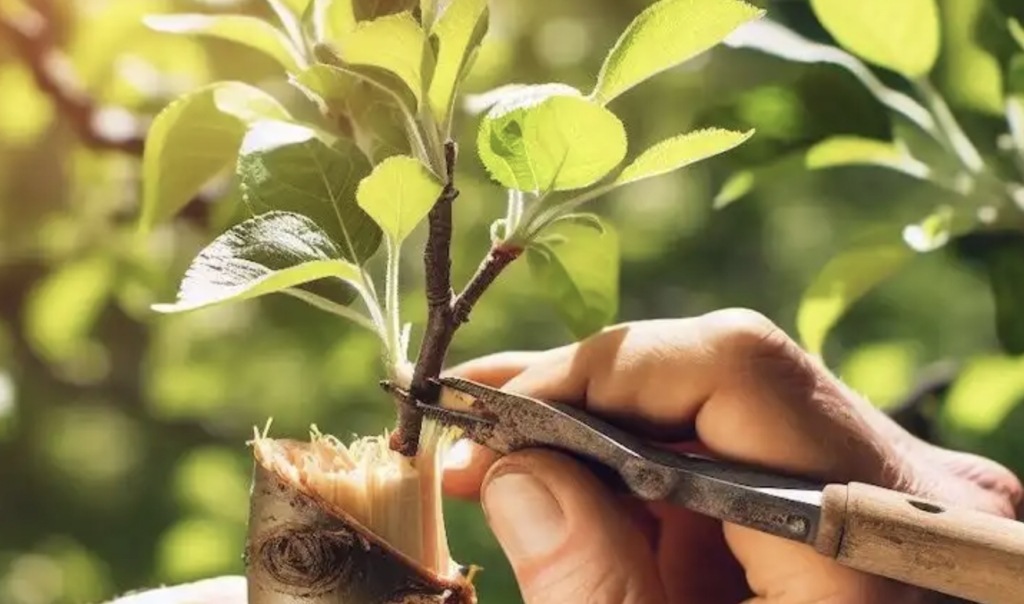Growing robust and vibrant seedlings sets the stage for a successful gardening journey. Elevate your planting game by enriching your soil with simple yet powerful natural additives. Let’s unlock the potential of bay leaves, onion peels, and other elements to nurture your seedlings into flourishing plants.
Embracing Bay Leaves: A Nutrient-Rich Boost
Vitamins and Minerals: Bay leaves, renowned for their culinary allure, harbor a wealth of nutrients beneficial for plant growth. Rich in vitamins B and C, as well as essential minerals like phosphorus, magnesium, and calcium, they fortify soil health and promote robust plant development. Incorporate 1 teaspoon of ground bay leaves per liter of soil to infuse your growing medium with vital nutrients.
Harnessing the Potential of Onion Peels
Microelement Marvels: Don’t discard onion peels; they hold the key to enhancing soil fertility. Laden with microelements crucial for root and stem strength, onion peels offer a cost-effective and eco-friendly soil amendment. Integrate 1 tablespoon of crushed onion peels per liter of soil to provide essential nutrients for your seedlings’ growth.
Soil Preparation: A Crucial Step
Moistening Solution: Before planting, ensure your soil is adequately moistened for optimal seed germination. Prepare a solution of succinic acid by dissolving 1 tablet in a liter of water. This potent acid energizes soil organisms, boosts plant growth, and enhances immunity. Use this solution to moisten the soil, preparing it for planting.
Enhancing Growth: Additional Methods
Tangerine Peel Additive: Ground tangerine peels enrich the soil, improving its texture and nutrient retention. Incorporate 1-2 tablespoons per liter of soil to foster root development and overall plant health.
Rice Flour and Turmeric: A blend of rice flour and turmeric powder provides essential nutrients and protection for seedlings. Add 1 teaspoon of rice flour and a sprinkle of turmeric to the soil before planting to nurture healthy growth.
Liquid Fertilizer for Established Seedlings
Homemade Nourishment: Once seedlings have developed their first true leaves, administer a homemade liquid fertilizer. Mix rice flour and turmeric in hot water and allow it to infuse for several hours. Apply this nutrient-rich solution at the root to encourage further growth and resilience.
Cultivating Healthier Seedlings, Naturally
By incorporating these natural additives into your soil, you empower your seedlings to thrive and flourish. Sustainable and effective, these methods utilize common kitchen scraps and natural ingredients to promote plant health from the earliest stages. Remember, the care you invest in your seedlings lays the foundation for a bountiful harvest. Happy gardening!
